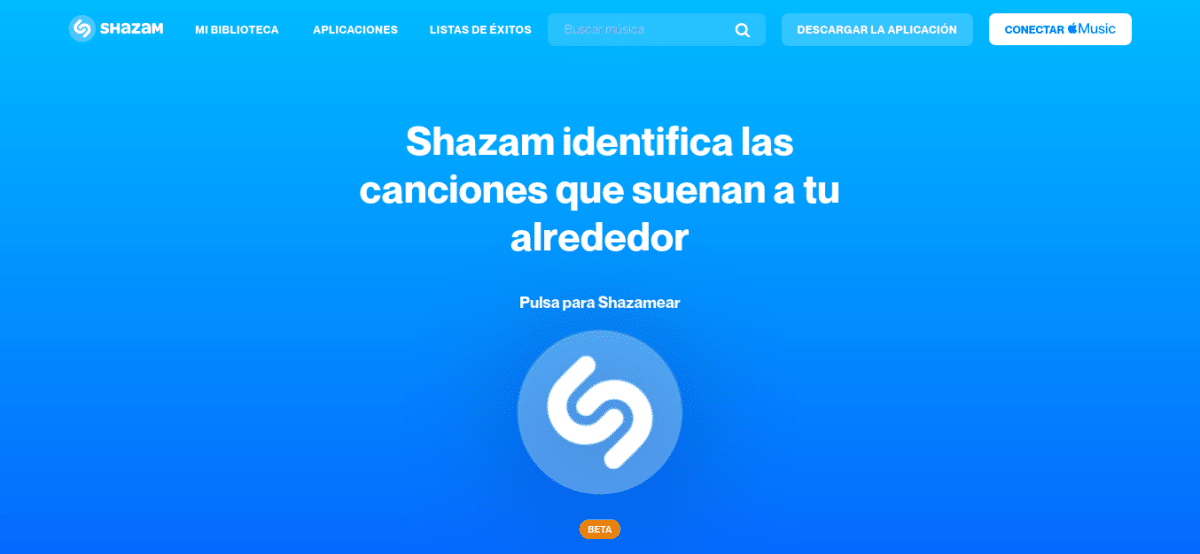
You have to see how things are. In this article I'm not going to ask the silly question of whether Shazam sounds familiar to you, mostly because I just did it this afternoon. And it is that a moment ago we published an article about songrec, a Linux app for Shazamear. Just after I found out that Apple has updated its app for iOS devices (and its equivalent for macOS) with news, but the most interesting thing is that they have launched Shazam on the web.
But if anyone is especially excited about this news, reassure yourself. It has not been an official launch, and you have to take into account two things: is in beta version and the test can only be accessed from Safari on macOS or iPadOS… or so it should be. The capture that you see above these lines I have made in Manjaro, in Firefox, but before I have had to make a small change. Next I will tell you the steps that I have followed so that the new option appears.
How to use Shazam on the web without Safari
- The first thing we have to do is change the useragent browser. There are different ways, but I have used an extension like User agent switcher and manager for Firefox. So the first step would be to change the useragent manually or install this extension and choose the latest version of Safari and macOS operating system.
- Once we have changed the useragent, we are going to shazam.com.
- We click on the Shazam icon.
- Finally, we give you permission for the browser to use the micro. If we check the box, the next time we click on the icon, the recognition will start directly.
And that would be all. What we see without doing this trick is still there, but under the new beta interface that allows us to identify songs that we can call Shazam on the web, or just the web or web app version of Shazam.
The unnameable is rubbing her hands.
It doesn't work for me